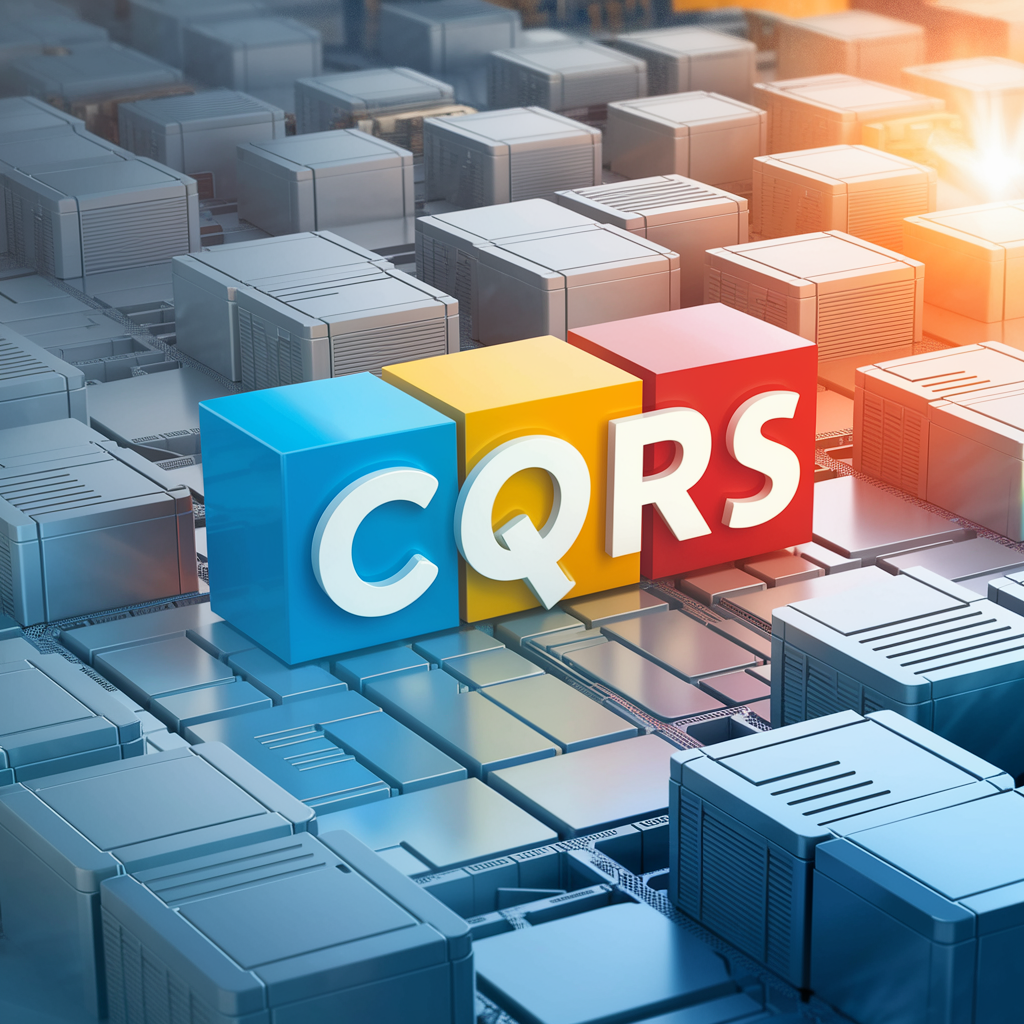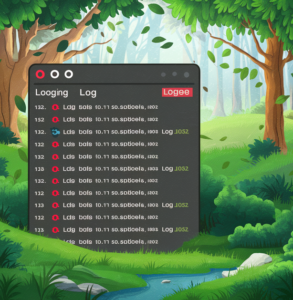Java For Kids
Starting with the basics of Java syntax and control flow, the ebook gradually progresses to more advanced topics such as object-oriented programming, file input/output, error handling, and more. Each chapter is carefully crafted to provide a solid understanding of Java concepts while keeping young readers engaged and motivated.
Introduction:
Microservices architecture has gained popularity in recent years due to its ability to build scalable, flexible, and resilient applications. Command Query Responsibility Segregation (CQRS) is a design pattern that complements microservices architecture by separating the responsibility for handling read and write operations. In this article, we’ll explore the concepts of Microservices and CQRS, discuss their benefits, and provide examples of how they can be implemented together to build robust and scalable systems.
Understanding Microservices:
Microservices architecture is an architectural style where a large application is decomposed into smaller, independent services that are loosely coupled and independently deployable. Each microservice is responsible for a specific business capability and communicates with other services through well-defined APIs. This approach enables teams to develop, deploy, and scale services independently, leading to faster delivery and better maintainability.
Understanding CQRS:
Command Query Responsibility Segregation (CQRS) is a design pattern that separates the responsibility for handling read and write operations in an application. In a CQRS architecture, commands are used to modify state (write operations), while queries are used to retrieve data (read operations). By segregating these responsibilities, CQRS allows for optimization of read and write paths independently, leading to better performance, scalability, and flexibility.
Benefits of Microservices and CQRS:
- Scalability: Microservices and CQRS enable independent scaling of read and write operations. This allows for better handling of varying workloads and improves overall system scalability.
- Performance: CQRS allows for optimized read and write paths, leading to improved performance for both read and write operations.
- Flexibility: Microservices and CQRS provide the flexibility to evolve and modify individual services and data models independently without impacting other parts of the system.
- Maintainability: By decomposing the application into smaller, focused services, Microservices architecture improves maintainability and reduces the complexity of the system.
Example of Microservices and CQRS Implementation:
Consider an e-commerce application that consists of several microservices, including Order Service, Product Service, and Customer Service. In this architecture, the Order Service is responsible for handling orders and processing commands, while the Product Service and Customer Service are responsible for managing product and customer data, respectively.
When a new order is placed, the Order Service receives a command to create a new order. It processes the command, updates the order state, and publishes an event indicating that a new order has been created. The Product Service and Customer Service listen to these events and update their respective data models accordingly.
When a user queries the system for order details, the Order Service handles the query and retrieves the necessary data from its database. It then constructs the response and returns it to the user.
Conclusion:
Microservices and CQRS are complementary architectural patterns that offer numerous benefits, including scalability, performance, flexibility, and maintainability. By combining Microservices architecture with CQRS, developers can build robust and scalable systems that can handle complex workloads and evolving business requirements effectively. As organizations continue to embrace microservices-based architectures, understanding and implementing CQRS becomes increasingly important for building modern, cloud-native applications.






